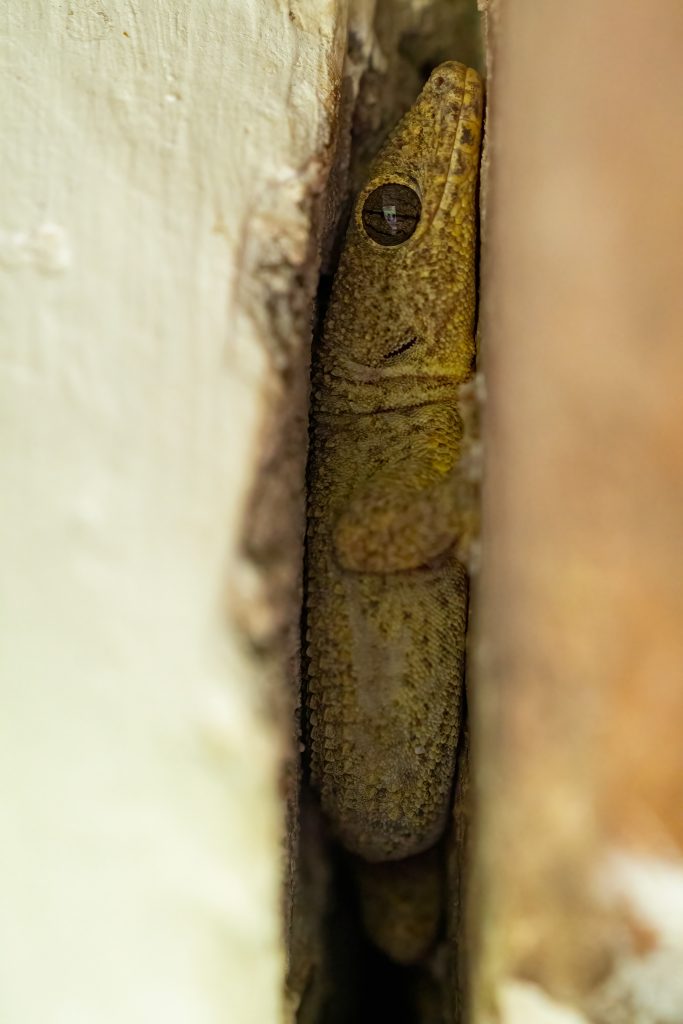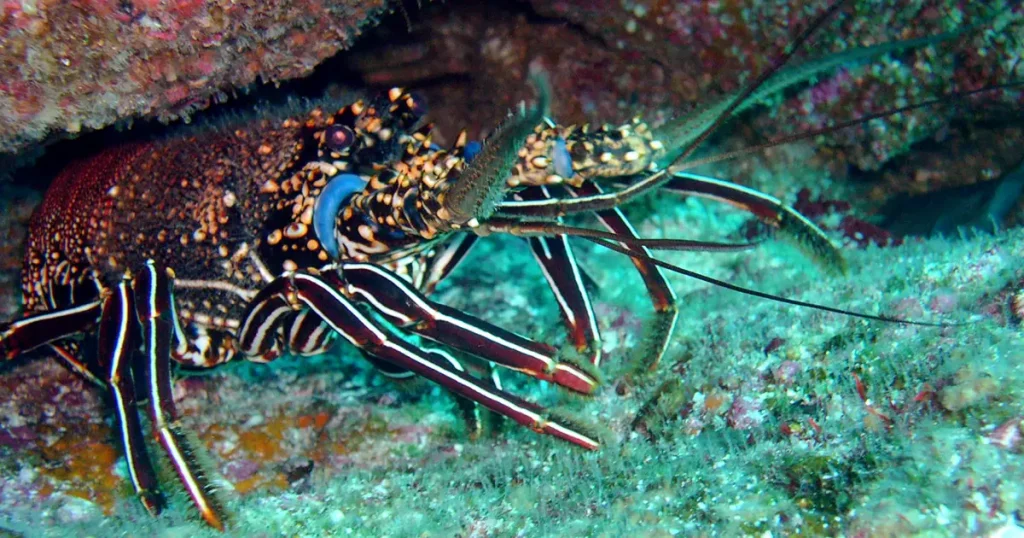The Urgent Call To Conserve Galápagos’ Endemic Geckos

The endemic geckos of Galápagos, which have adapted to the unique conditions in the archipelago over millennia, are now being threatened by introduced gecko species and significant changes in their ecosystem. Despite the presence of 11 endemic Phyllodactylus species in Galápagos, six of which live on inhabited islands, there have been surprisingly few recent studies on their natural history, ecology, and conservation.
Background
Three species of Phyllodactylus geckos — P. galapagensis, P. darwini, and P. leei — are now classified as Near Threatened (NT), according to the IUCN Red List of Threatened Species for 2022. This concerning status emphasizes the critical need for new data. The IUCN has not yet evaluated Phyllodactylus andysabini or P. simpsoni, while P. baurii is classified as Data Deficient due to limited information on its populations.
In response to this situation, Galápagos Conservancy funded a study in 2022 led by Dr. Diego F. Cisneros-Heredia, a professor and researcher at the University of San Francisco de Quito (USFQ). The study’s primary goal was to shed light on the endemic geckos of Galápagos by combining field observations with morphological, physiological, and genetic analyses, as well as investigating the behavior of local residents toward these reptiles. This data integration is critical for understanding how future climate change and other challenges will affect these species.
The Study
The study consisted of 548 geckos, of which 364 were endemic and 184 introduced. A notable finding was that native species mainly associate with natural ecosystems, while introduced species tend to stay in human settlements. The study also revealed that endemic geckos clearly prefer warmer microhabitats, whereas introduced geckos exhibit greater flexibility in their movements. Finally, the study suggests that endemic geckos are under threat due to competition from introduced species and habitat changes, emphasizing the need to prioritize educational efforts and effective conservation strategies to protect these enigmatic creatures.
Our General Director, Dr. Washington Tapia, underscored the significance of these findings: “This information is crucial for guiding our actions. Not only do we promote our own research, but we also support any study that provides useful data for the protection of Galápagos’ iconic species.”
At Galápagos Conservancy, we are fully committed to this mission. In collaboration with institutions such as USFQ and the Galápagos National Park Directorate, we continue to generate crucial information and contribute to implementing specific measures to ensure the long-term conservation of Galápagos’ biodiversity.





